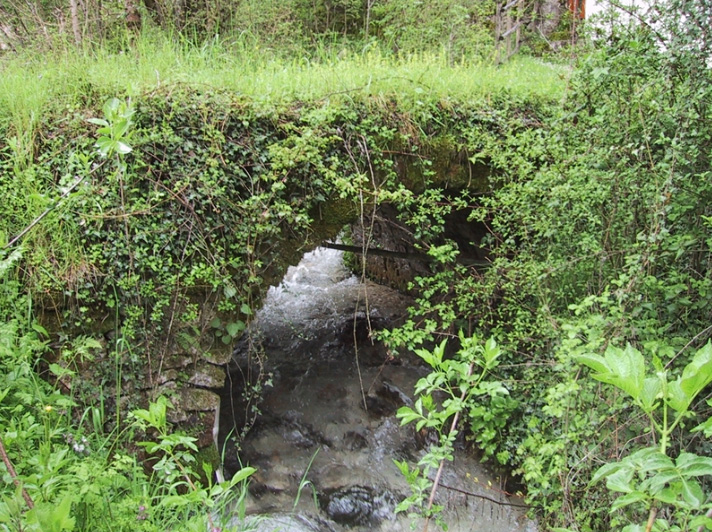Un museo all’aria aperta attraverso un percorso didattico tra luoghi e strutture legati in qualche modo alla risorsa idrica: dalla sorgente Molini del fiume Nera al vecchio mulino ad acqua fra Vallinfante e Castelsantangelo, dalla captazione dell’acquedotto del Nera alla centralina idroelettrica dell’inizio del ‘900. Altre tappe: il ponte sul Nera all’interno del paese, la vecchia segheria ad acqua di Nocelleto, l’allevamento delle trote, il bacino della centrale idroelettrica e l’impianto per l’imbottigliamento dell’acqua Nerea.
SORGENTI DEL NERA
Qui comincia il Museo diffuso dell’Acqua. Le sorgenti sono formate da un gruppo di polle situate a 845 m s.l.m. Ogni secondo sgorgano circa 100 litri d’acqua.
The water museum begins here. The springs are formed by a group of veins of water situated 845 m. asl. Every second about 100 litres of water gush out.
MOLINO AD ACQUA
Loc. fra Vallinfante e Castelsantangelo
Seconda tappa del Museo dell’Acqua. Il Molino, risalente ai primi dell’800, è forse il più vecchio tra i sei presenti nel territorio negli ultimi due secoli. Ha cessato di funzionare nel 1936.
The second part of the water museum. The Mill, dating back to the early 1800s, is probably the oldest of the six that were built in the area in the last two hundred years. It stopped operating in 1936.
CAPTAZIONE DELL’ACQUEDOTTO DEL NERA
Terza tappa del Museo dell’Acqua, è stata realizzata tra il 1798 e il 1993, per convogliare l’acqua potabile per soddisfare il fabbisogno idrico di popolose città delle province di Ancona e Macerata.
The third stage of the water museum. The project was carried out between 1798 and 1993, and channels drinking water to supply populous cities in the Ancona and Macerata provinces.
CENTRALINA IDROELETTRICA
Quarta tappa del Museo dell’Acqua. Ultimata nel 1909, la centralina è rimasta in funzione dal 1911 al 1972.
The fourth part of the water museum. Completed in 1909, the hydroelectric power station was in use from 1911 until 1972.
PONTE VECCHIO
Strada vicinale del Rajo
Il ponte, quinta tappa del Museo dell’Acqua, è situato in un punto in cui il fiume Nera scorre al di sotto dell’abitato di Castelsantangelo.
The bridge, fifth stage of the water museum, is situated where the river Nera flows beneath the town of Castelsantangelo.
SEGHERIA
Loc Nocelleto
Sesta tappa del Museo dell’Acqua, la segheria attiva dalla fine dell’800, ha funzionato fino agli anni 60.
Sixth section of the water museum, the sawmill, active since the end of the 19th Century, was in use until the end of the ‘60s.
AVANNOTTERIA
L’Avannotteria, tappa anch’essa del Museo dell’Acqua, è formata da vasche in cui avvengono le delicate fasi riproduttive delle trote.
Another part of the water museum is the Avannotteria, consisting of pools in which trout are bred and reared.
STABILIMENTO ACQUA MINERALE NEREA
Zona P.I.P., 2
visita il sito: www.acquanerea.it
e mail: info@acquanerea.com
Lo stabilimento fa parte del Museo dell’Acqua: qui si riempiono 13500 bottiglie ogni ora.
The plant is part of the water museum: 13500 bottles are filled hourly.

